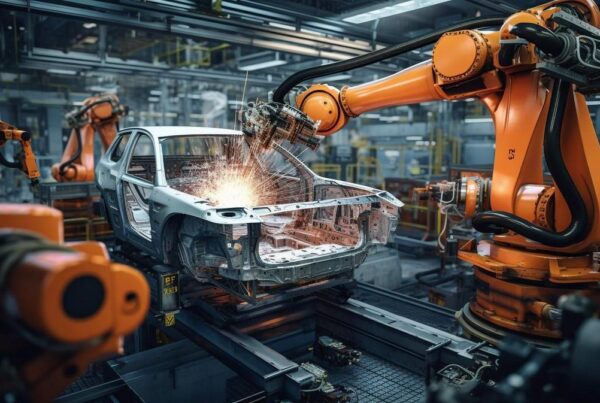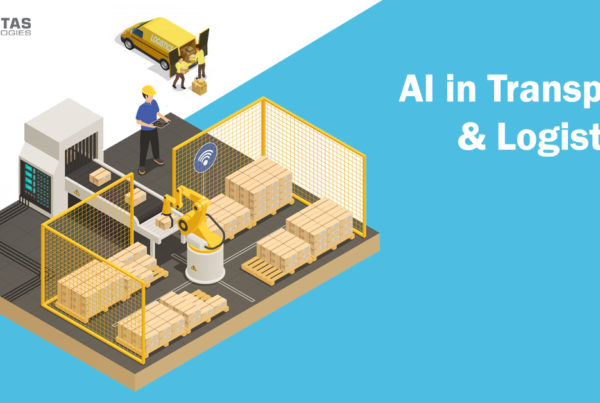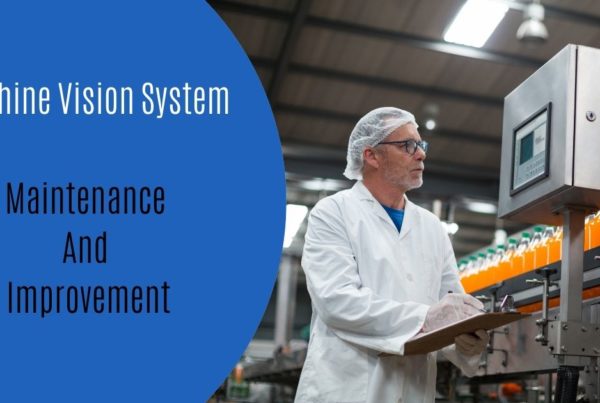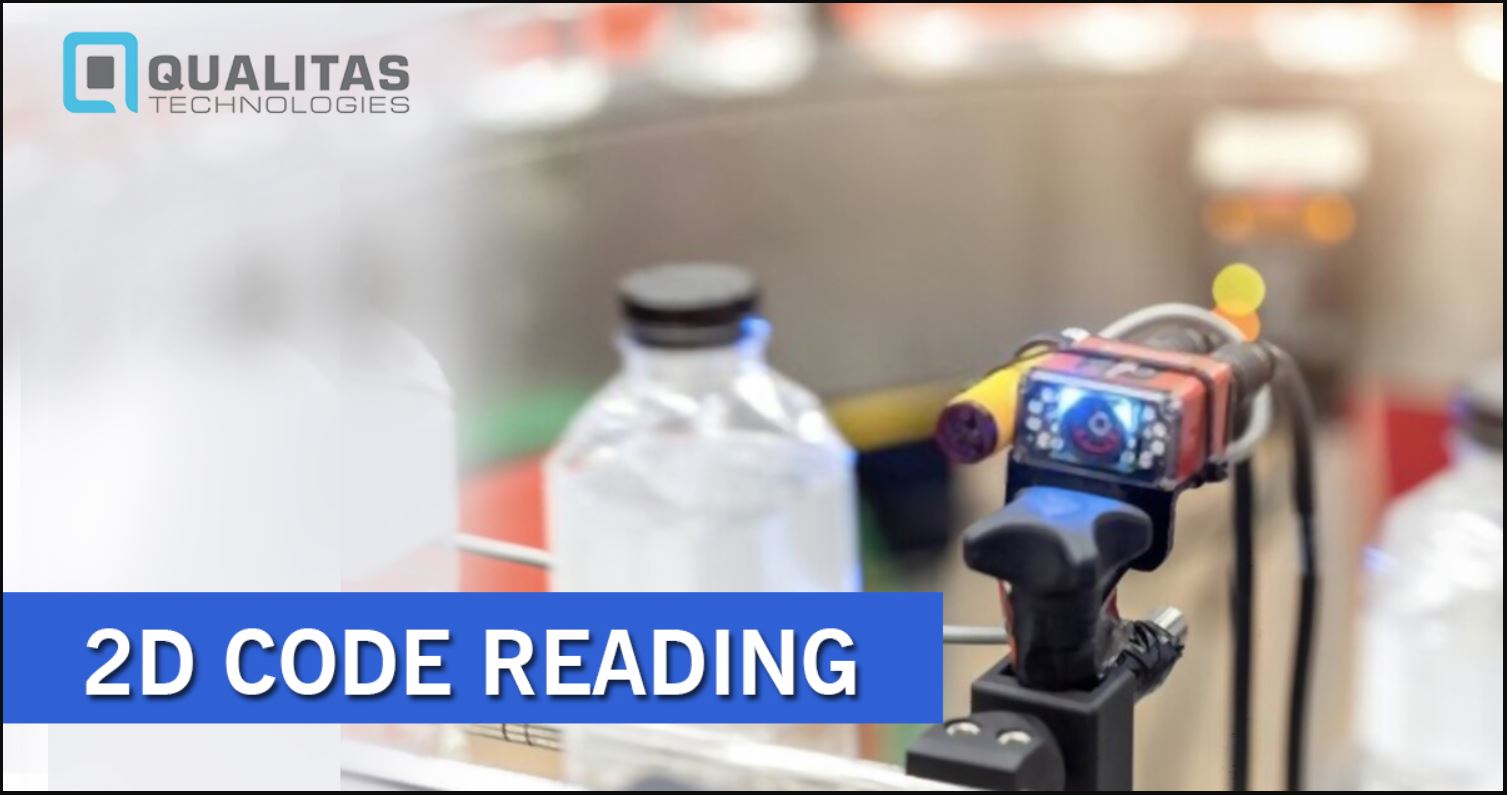
Introduction
2D barcodes, or simply 2D codes, are two-dimensional figures that incorporate a range of shapes such as dots, rectangles, hexagons, and other geometric patterns to create scannable squares and rectangles. Since 2D barcodes can store information both horizontally and vertically, they can hold a lot more information than the traditional 1D codes. In fact, 2D barcodes can store up to 7,089 characters as compared to the 20-character storage capacity of standard barcodes. 2D barcodes like data matrix codes and QR codes have become increasingly common because they enable loads of information to be packed in a smaller space. Even modern-day mobile phones are equipped with a 2D barcode reader that can instantaneously read barcodes from images.
Importance of 2D Codes in Manufacturing Industries
While a 2D barcode might look like an insignificant part of each package, it is a crucial aspect of its manufacture. These little 2D codes enable visibility within a supply chain (from the manufacturers to the end-consumer) and reduce erroneous tasks such as data entry, asset management, and billing to a simple scan from a 2D barcode reader. Its simplicity makes 2D barcode reading ubiquitous in a number of industries such as manufacturing, logistics, warehousing, F&B, and healthcare. Some significant benefits of 2D barcode reading in manufacturing industries are the following:
- 2D barcodes allow for real-time monitoring of production, order fulfillment and distribution of products.
- 2D codes are capable of storing all the pertinent information, which makes tracking and auditing product batches remotely a common practice.
- Just like the check digits present in some of the 1D codes, 2D codes have built-in error correction that helps eliminate misreads. In a single 2D data matrix code, data is typically encoded three times, thus ensuring that the 2D barcode readers read the barcode from images with high accuracy.
- Barcodes provide a far more superior and accurate way of entering and maintaining data within a host system.
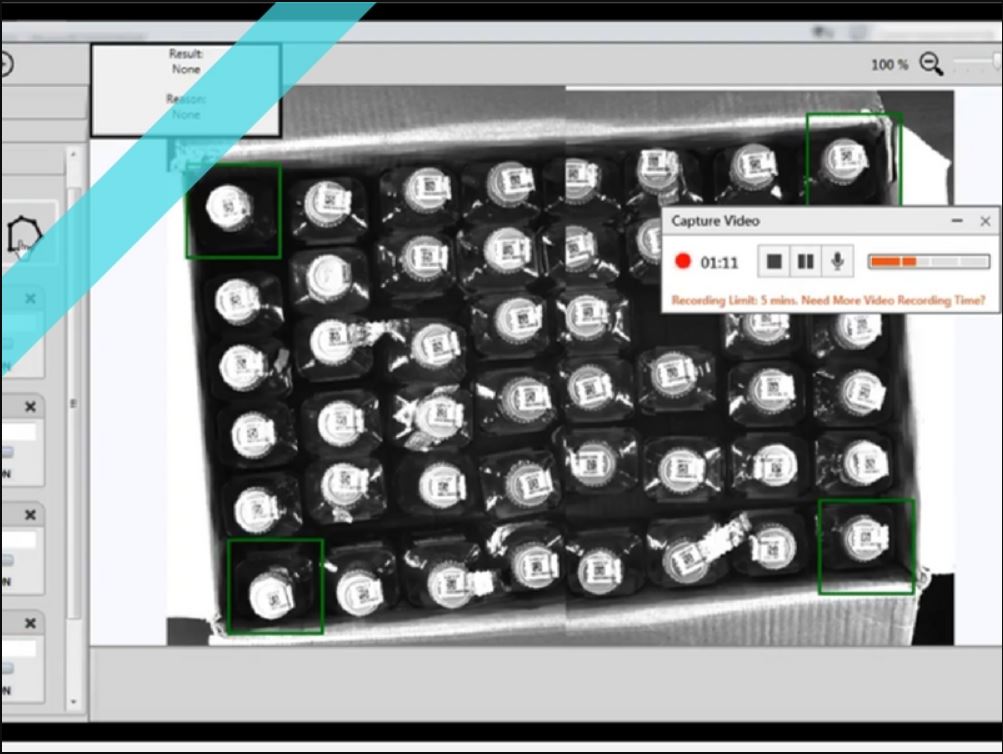
Disadvantages of 2D Barcodes
By now, we know that 2D barcodes offer a hoard of benefits. However, if the barcode is damaged, it becomes entirely useless. No information can then be extracted from those codes. Unacceptable 2D codes can result in a whole new bunch of issues. The consequences range from damaged relationships with suppliers and friction in the supply chain to costly re-design and product recall. Angered retailers might even impose penalties on the manufacturers if the codes fail to perform.
The effects mentioned above completely counteract the advantages of an automated system, resulting in loss of productivity, inflated costs, and increased errors. Conclusively, the manufacturers must remove distorted barcodes from the supply chain as soon as possible.
Using Machine Vision For 2D Barcode Reading
Given the massive scope for errors in the inspection of something as detailed as 2D codes, it is fairly obvious that manual inspection is out of the equation. That is not to mention the considerable loss of time and money. Machine vision can be leveraged to build reliable 2D barcode readers for accurate barcode inspection.
Using parameters specific to ISO or AIM quality standards, machine vision software can be configured for standards-based barcode reading. When you have completed the first step of selecting an appropriate software platform, the second step is to pick the right light and camera combination. Smart cameras with integrated optics and lighting are often suitable for barcode validation. Coming up with a machine vision-powered 2D barcode reader will help you:
Automate the tedious barcode reading process and optimize operational costs.
Considerably reduce the barcode reading or verification time. Minimize the probability of damaged barcodes and ensure better compliance.
The Qualitas Solution
One of Qualitas Technologies’ clients involved in the liquor bottling industry needed a bulk 2D code reader for the traceability of the liquor bottles. Each of the manufactured bottles had a 2D barcode on its cap. The challenge in this particular case was to come up with a solution that offered a quick turnaround and could accurately read barcodes from the image of numerous bottles simultaneously.
Qualitas Technologies came up with a solution using the ability to cascade multiple area scan cameras together to read bulk 2D codes. We accomplished this by applying cutting-edge 2D code reading algorithms and specialized pre-processors. The barcode inspection for each lot could be completed in a few 100 milliseconds.
The QInspect software from Qualitas Technologies provided a seamless user interface to the operator for customized verification. With QInspect, the camera layouts can be configured (tiled horizontally or vertically), and the regions of interest can also be specified. The decoding uses a fast 2D matrix decode algorithm that can read even the tiniest of codes across the entire field of view.
Conclusion
2D barcodes are simple yet powerful scannable shapes etched onto products. These codes go a long way in inducing productivity at all the different checkpoints within the supply chain. Businesses should actively seek to incorporate barcode systems wherever possible. Besides improving accuracy, barcode reading is fast and convenient.
In this blog post, we discussed the pros and cons of 2D codes. We also saw how machine vision systems could provide an effective solution for quick and cheaper barcode inspection. Finally, using the case study of one of Qualitas Technologies’ clients, we understood the basics of how Qualitas came up with an apt machine vision solution to the above-mentioned challenge.

